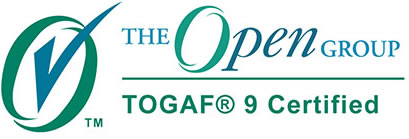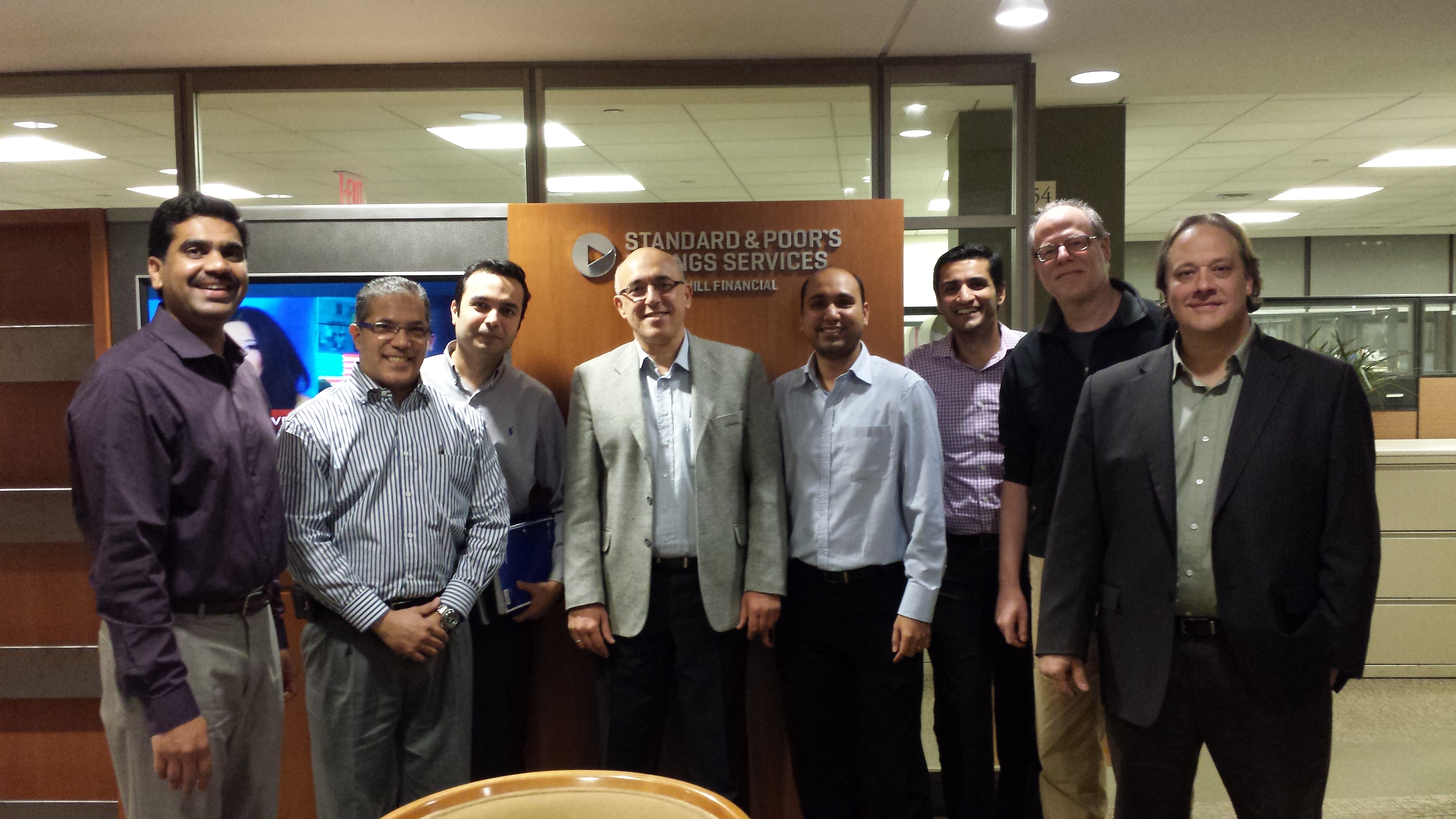Implementing Business Strategies using the Enterprise Architecture
Bridging the Business Strategies and EA using the OMG's BMM and the Open Group's TOGAF
Implementing Business Strategies using the Enterprise Architecture (3 days)
Objective : This training course aims at helping attendees understand concepts and principles of the Business Motivation Model (BMM) to meet the business goals and strategies of the companies and establish the bridge to the Enterprise Architecture Framework in order to implement them in coherence.
Concepts explained during the course are reinforced by examples and case study illustrations.
Prerequisites : None
Participant Profiles : Business Strategists, Enterprise Architects, Business Architects, System Architects, Business Analysts, System Analysts, Software Designers
Detailed Description :
Introduction
§ Definitions of the Business Motivation and Business Architecture Models
§ Business Architectures vs. Enterprise Architectures
Business Agility : Elements of the Strategy Models, Business Architectures and Operating Models using ArchiMate
- High level view of the Connections between the Strategy (Motivation) Model, Business Architecture and Operating Models
The Business Motivation Model (BMM) : Sources of Change and Assessment of Impacts (Influencers, Assessments, SWOT analysis, Potential Impacts), - Deciding on Desired Results : Business vision, goals, objectives,
- Decision about Means : Missions, strategies, tactics, business policies and rules until operational business elements (business processes, organisation units, liabilities and assets),
- The Business Model Canvas, Strategy Map and Balanced Score Cards: Essential elements of the business architecture,
- The Business Architecture Views of the OMG : From the Strategy View to the Organizational View through Business Capabilities and Value Streams,
- Case Study : Defining Strategies and translating them under Strategy Perspectives and Business Motivation Elements
Business Transformation : From Goals and Objectives to the EA Implementation
- Components of the TOGAF EA Framework and the ADM (Architecture Development Method),
- EA Governance, EA Maturity Model,
- The Capability Based Planning : Definitions, Steps and Illustrations using ArchiMate,
- Establishing an Architecture Capability before undertaking the EA,
- Specifying the Elements of the EA and their relationships using ArchiMate 3.0,
- Case Study : Translate Strategies into the Capability Based Planning Steps using ArchiMate.
Developing the Architecture using the ADM
- Deliverables and artifacts of the Architecture Cycle,
- Risk Management and Risk Mitigation in the ADM,
- Structuring Capabilities on the basis of risks & Impact Analysis,
- Specification of the Roadmap, the GAP analysis,
- Defining Capability Increments,
- Case Study : Create deliverables and artifacts of the Architecture Development Cycle : ensure that traceability is kept with the previous strategies,
Planning the Migration and Implementing the Architecture
- The Migration Planning,
- Potential solutions and dependencies,
- Work Packages of Actions to implement capability increments,
- Management of projects portfolio for assessing business values of the projects and risks,
- ‘Coordinating’ Implementation Projects using Architecture RoadMaps,
- Capability Increments and the Governance of the Implementation,
- Reviews of the Implementation Projects with the Architecture constraints
Summary
§ Recap on the steps for an efficient bridge between Strategies and EA Implementation
§ Tools that allow connections between Strategies and EA Operating Model steps
Notice : In case of "on-site" delivery of this workshop, we may also adapt its content and case studies to your needs and business case in order to provide you with a good starting point and roadmap. After this workshop, we can also accompany you through review sessions for validating your business architecture solutions conformance to your business needs.
The logos BMM, BPMN and UML referenced on this site are trademarks of the Object Management Group (OMG).
TOGAF and ArchiMate are trademarks of the Open Group.
The logos BMM, BPMN, UML and SoaML referenced on this website are trademarks of the Object Management Group (OMG) consortium.


